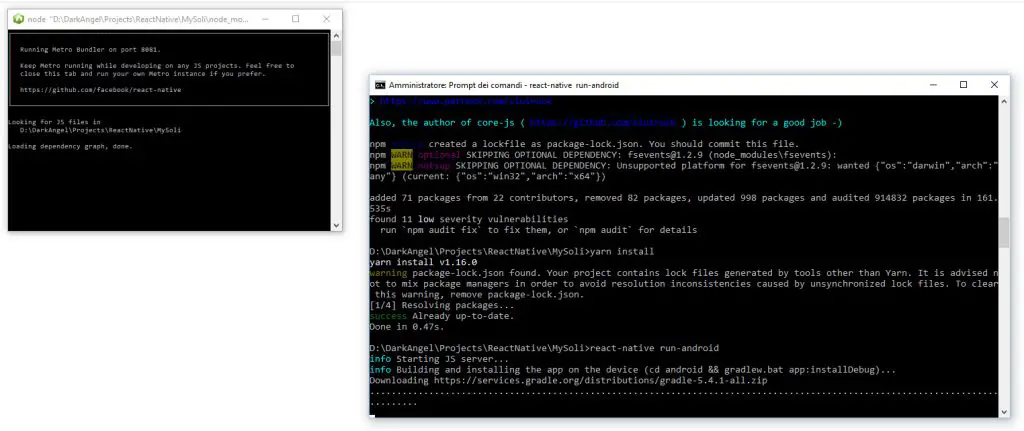

Installing the forkįirst, you need to install react-native from your fork. You can find further instructions on the official page. dir=/Users/your_unix_name/android-ndk/android-ndk-r17c dir=/Users/your_unix_name/android-sdk-macosx Step 2: Create a local.properties file in the android directory of your react-native app with the following contents:Įxample: sdk. See below for examples from common shells.Įxample: export ANDROID_SDK=/Users/your_unix_name/android-sdk-macosxĮxport ANDROID_NDK=/Users/your_unix_name/android-ndk/android-ndk-r17c Note: Files may vary based on shell flavor. Step 1: Set environment variables through your local shell.

Android PrerequisitesĪssuming you have the Android SDK installed, run android to open the Android SDK Manager. To reset the Path again with new JAVA Installation directory.You will need to build React Native from source if you want to work on a new feature/bug fix, try out the latest features which are not released yet, or maintain your own fork with patches that cannot be merged to the core. Now under System Variables -> Select your JAVA_HOME variable and click on Edit button. Click on Advanced -> Environment Variables.ĩ. So Right Click on your My Computer and Go To Properties.Ĩ. Now the main thing we have to do is Setup JAVA_HOMEvariable PATHagain in our computer. After done downloading Java Setup file, Install it. Download the latest version of Java from there.ĥ. After successfully done restart, Now go to Java Downloads. Next thing you have to do is Restart Your Computer.Ĥ. To do that all you have to do is Go inside you Control Panel -> Programs & Features -> Uninstall JAVA from there.ģ. Now before getting update first we have to uninstall the previously installed version of JAVA from our computer.

So I have to update it to latest version.Ģ. As you all can see in above screenshot I’m using way to old Java in my computer.


 0 kommentar(er)
0 kommentar(er)
